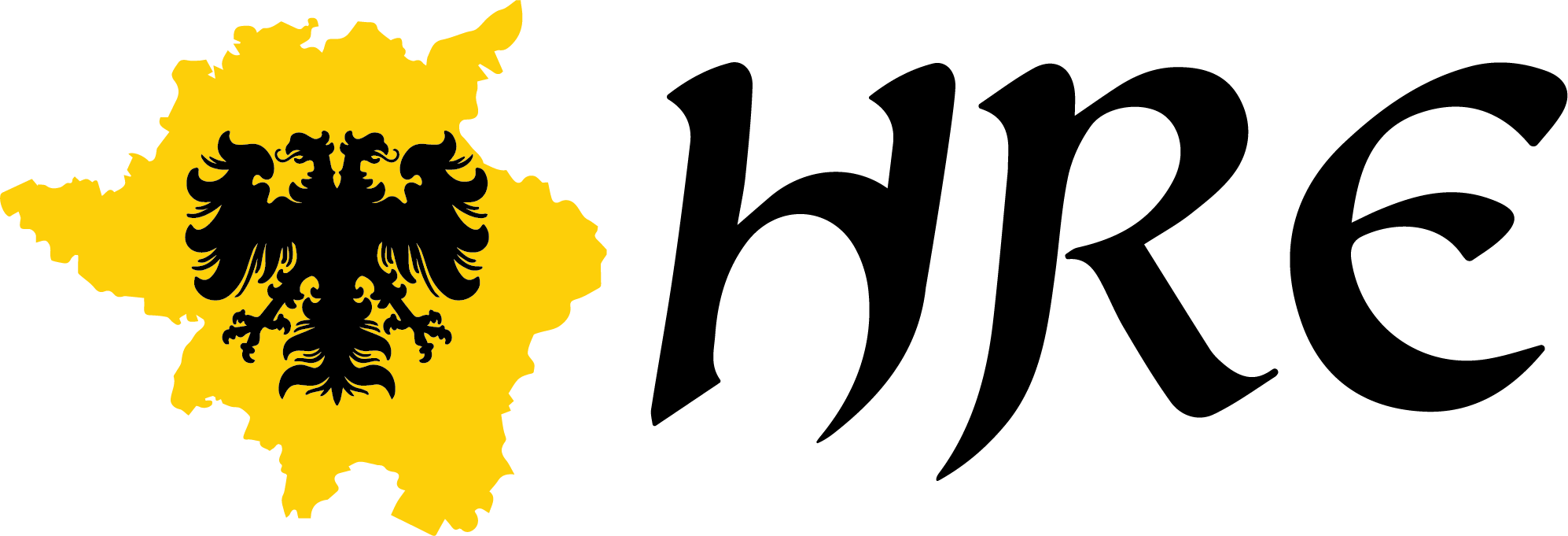Imperial City of Aachen
Abbacies of Burtscheid & Kornelimünster
Aachen was the seat of the Carolingian Empire during the time of Charlemagne (who died in 814) and is where the coronation of German kings usually took place until 1531. It was granted imperial city status in 1166. Unlike the Imperial City of Cologne, it’s territory extended beyond the city’s walls. It included most of the modern city of Würselen, but still excluded much of the southeastern portion of modern Aachen. It had no subdivisions.
Just outside the city’s southeast wall, Burtscheid Abbey was founded in the very late 10th century. It fell under direct imperial control in 1220. Until 1649, defense responsibilities fell to the Lords of Merode-Frankenburg, who had their castle on the Abbacy’s territory until it fell under Jülich sovereignty in 1583. Beginning in 1361, Aachen took over non-defense administrative responsibilities. I note that in the full name of the Abbacy, but not in its simplified name. Burtscheid had no subdivisions.
Further to the southeast of Aachen was the Abbacy of Kornelimünster, which was founded in the early 9th century and adopted its current name in the 12th century. It fell under direct imperial control in 948. Defense responsibilities fell to the Duchy of Jülich. It had three contiguous Gerichte and and one noncontiguous Herrschaft located between Euskirchen and Rheinbach.
Subdivisions of the Abbacy of Kornelimünster
- Gericht Kornelimünster 1521 - 1794
- Gericht Eilendorf 1521 - 1794
- Gericht Gressenich 1521 - 1794
- Herrschaft Niederkastenholz 1521 - 1794
